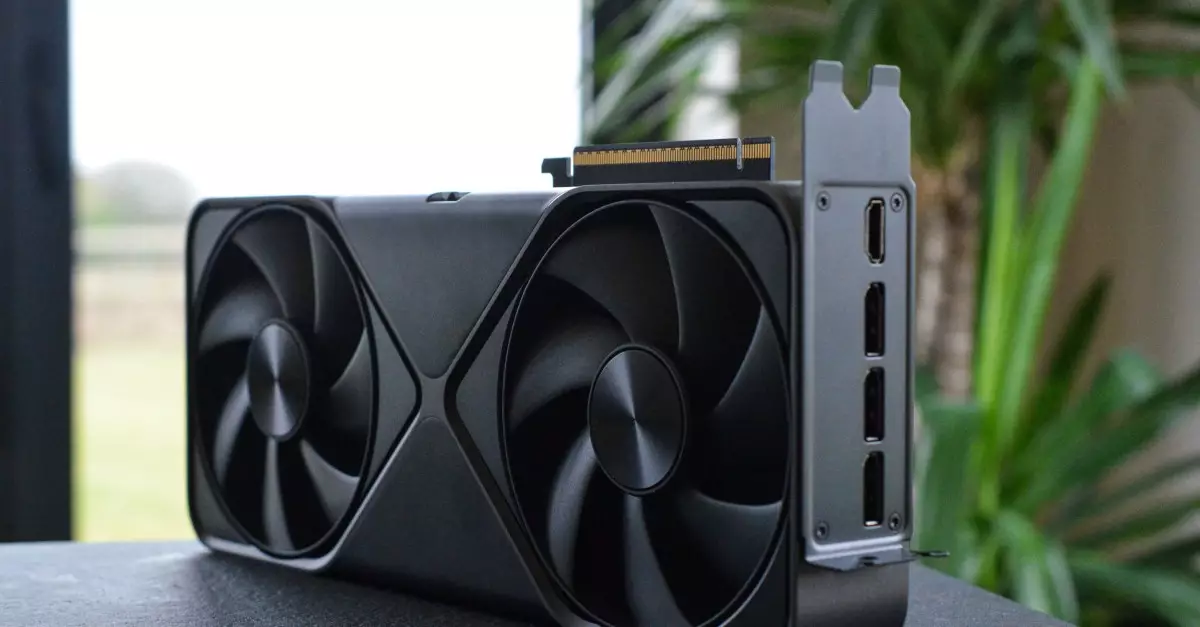The recent launch of Nvidia’s RTX 5090 graphics card has been marred by significant supply chain challenges, leading to a situation where many retailers have warned customers that restocks might not occur until late spring, specifically April or May. The high demand for this flagship GPU, which is priced at a steep $1,999, has unfortunately been matched with unexpectedly low supply. This mismatch has led to a tumultuous launch event, one that tech enthusiasts and gamers had eagerly anticipated. Instead of widespread availability, the launch has been described as a “paper launch”—a term used to denote a scenario where a product is announced with much fanfare but is unavailable for purchase.
Reports from various cities across the United States paint a disheartening picture for those eagerly waiting to get their hands on the RTX 5090. Many retailers, including prominent names such as Micro Center, opened their doors only to discover they had received insufficient inventory. For instance, in Tustin, California, one store may have benefited from a slightly larger shipment, but overall, the distribution across retailers was inconsistent and sparse. While some customers have shared stories of perseverance, spending days in line only to secure the coveted card, others have vented frustrations online, highlighting the disparity between anticipation and actual product availability.
The effects of this scarcity ripple throughout the gaming community, influencing not just consumption behavior, but also market dynamics in alarming ways. As supply dwindles, scalpers have emerged as a prevalent threat, purchasing limited stocks to resell the cards at exorbitant prices. On platforms like eBay and social media marketplaces, reports of RTX 5090 listings exceeding $5,000 have surfaced, with some listings as high as $5,800. This spike in resale value raises serious questions about accessibility and fairness in a market that should ideally allow for equitable consumer access to technology.
Interestingly, the RTX 5080 launch experienced fewer supply hiccups, offering a somewhat smoother transition for consumers looking to upgrade. Despite this, as demand surged quickly, even the RTX 5080 soon found itself slipping out of retailers’ inventories. The stark contrast between the availability of the RTX 5080 and RTX 5090 points towards not just a planning mishap by Nvidia, but also raises concerns regarding their ability to scale production to meet consumer desire effectively.
The outcry from the community has undoubtedly caught the attention of Nvidia and its partners. As customers share their disappointment and experiences on social media platforms and forums, it becomes clear that the consumer sentiment is one of frustration rather than excitement. A company with a tremendous legacy in the gaming industry must reevaluate its launch strategies to ensure that products are adequately prepared for the market they aim to serve.
As we look towards the future, it is crucial for Nvidia and retailers to establish a transparent communication channel regarding restock timelines and inventory levels. Optimizing the supply chain process will not only help in restoring consumer trust but also pave the way for a more balanced market where passionate gamers can secure technology without falling victim to pricing inflation from scalpers. Monitoring the coming months will yield insights into how Nvidia navigates these ongoing challenges and whether they can reclaim their standing in a competitive landscape.


Leave a Reply